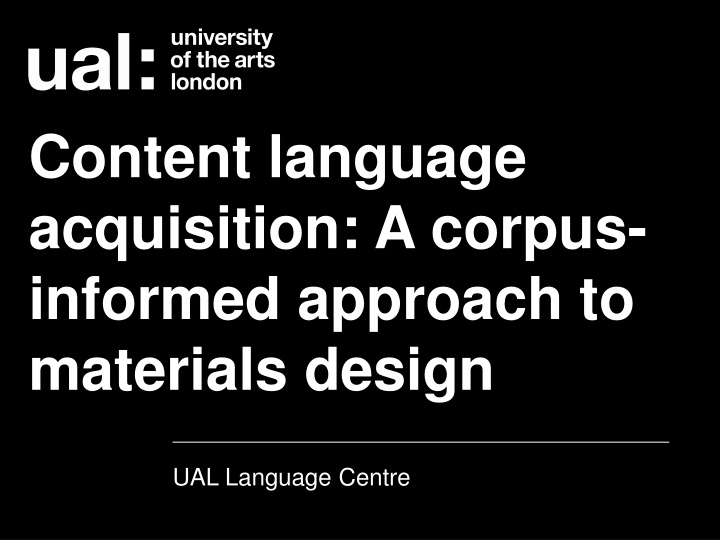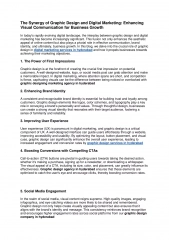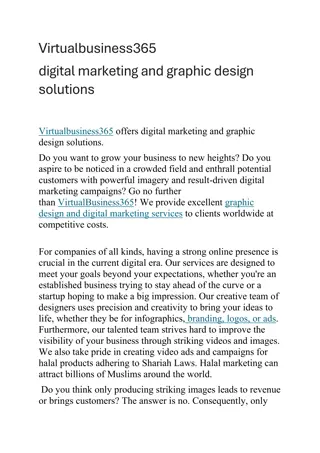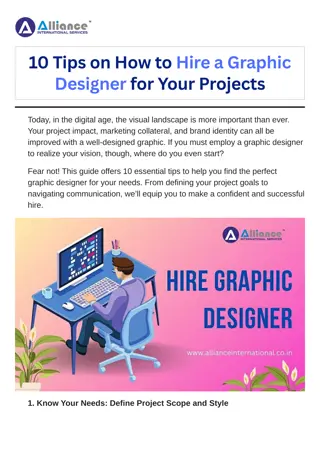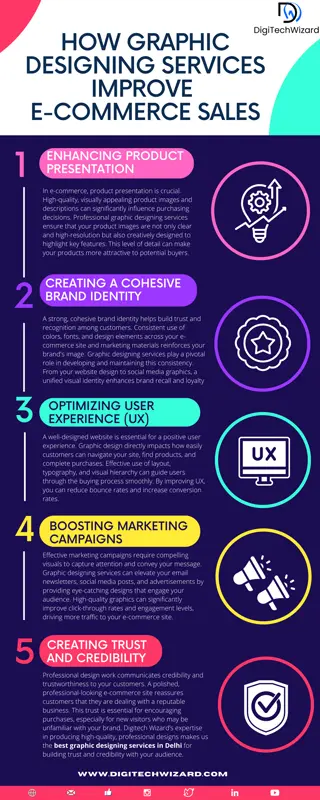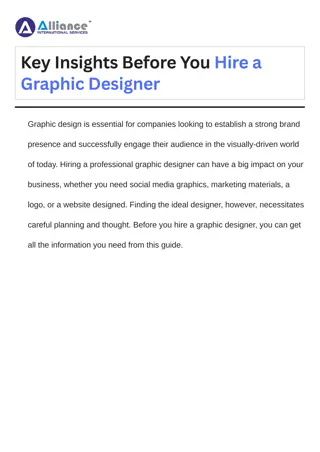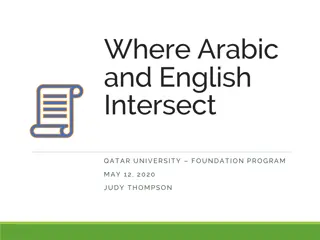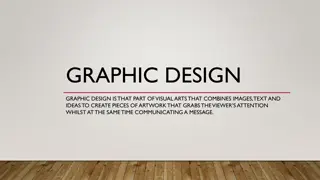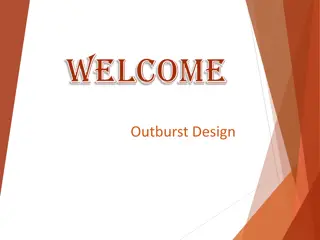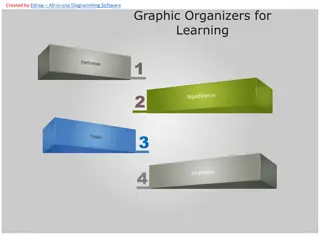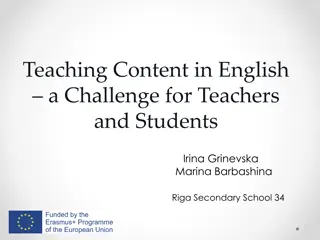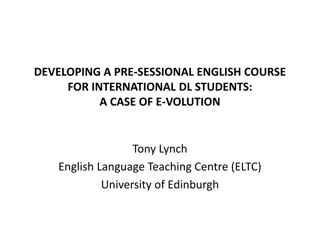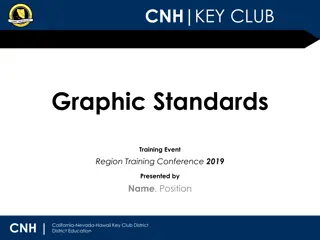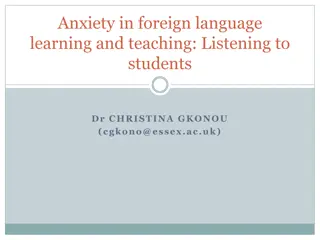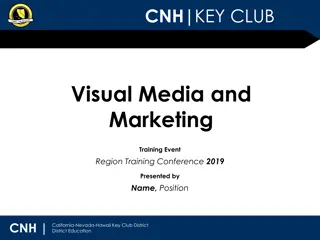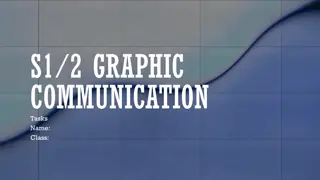Enhancing English Language Learning for Graphic Design Students
Exploring a corpus-informed approach to materials design for language acquisition at UAL Language Centre, with a focus on content and discourse specific to Art & Design. The background of using learner corpus to inform materials design, collaboration with Graphic Design tutors, and key results related to technical language and Gestalt Theory are highlighted. The process of data collection, word list compilation, and semantic considerations within a contextual framework are discussed in depth.
Download Presentation

Please find below an Image/Link to download the presentation.
The content on the website is provided AS IS for your information and personal use only. It may not be sold, licensed, or shared on other websites without obtaining consent from the author.If you encounter any issues during the download, it is possible that the publisher has removed the file from their server.
You are allowed to download the files provided on this website for personal or commercial use, subject to the condition that they are used lawfully. All files are the property of their respective owners.
The content on the website is provided AS IS for your information and personal use only. It may not be sold, licensed, or shared on other websites without obtaining consent from the author.
E N D
Presentation Transcript
Content language acquisition: A corpus- informed approach to materials design UAL Language Centre
English for Graphic Design UAL Language Centre
Background o UAL learner corpus used to inform presessional materials o Desire to see that used for insessional provision o Impractical for many insessional classes (degree of specificity too high) o Corpus-informed approaches lend themselves to bespoke syllabus design o English for Graphic Design (amongst others)
A focus on content o Discourse of Art & Design under- represented/absent in resources (EAP coursebooks, BAWE, Phrasebank U of M) o Our academy s paradox: values interdisciplinary approaches, defends discourse specificity o Specific materials to address students needs (meaning-making within CofP) o Not just technical and academic lexis o Marking criteria
Process o Collaborated with GD tutors (obtain recommendations) o Collected written material (books, journal articles, on-line graphic design texts) o ~ 225,000 tokens o Compiled word list o Created key word list (externally referenced BAWE) o Created key key word lists (internally referenced)
Content in context o Content language a subset o Content lexis some considerations common but with specific semantic domains within context occurrence (rare for GSL; >k8 and/or theoretical/technical) headword knowledge may be insufficient
Selected results Key Keywords Related to Technical Language ascender(s) baseline character(ise) counter (counterform) descender(s) stroke typeface(s) font point weight
Selected results Key Keywords Related to Gestalt Theory closure connectedness context deconstruct (deconstructionalist, deconstructivism, deconstructivist) element(s) gestalt ground (figure/ground, background, foreground) perception principle(s) proximity relatedness similarity structure (post-structuralism, structuralism)
Materials o ~ 30 pp of materials (reading, speaking, lexis) o 2 listening texts with activities o No specialist content knowledge required o Trialled on an insessional course-specific class (BA GCD), and a short-course (open to any student)
Feedback/observations Findings (BA GD typography texts) o Initial disconnect between tutors perceptions of relevance and students o Underestimation of length of task time, and of difficulty (numerous lexical items unknown to students; e.g., encapsulated, succinctly, distinction, synonymously, swapped; off-list according to CEFR levels) o Discussions of typographic allusion increased engagement
Feedback/observations Findings (Mixed disciplines/degree level gestalt texts) o Underestimation of length of task time, and of difficulty o Degree level less important than discipline o Notable that even non graphic designers found relevance; application of theory to practice o Risk taking with new lexis
Implications o Value in using corpus informed approaches o Value in deepening embedded approaches to enhance content language acquisition o Increased awareness of interdisciplinary value o The underestimation of task time led to less variation in skills practice o Re-profiling could improve finished materials o Materials can work as stand alone
References Armstrong, H. (2009) Graphic design theory?, AIGA | the professional association for design. Available at: http://www.aiga.org/graphic-design-theory/ (Accessed: 24 November 2014). Arntson, A.E. (2012) Graphic Design Basics. 6thedn. Boston, MA.: Wadsworth CenGage Learning. Behrens, R.R. (1998) Art, Design, and Gestalt Theory , Leonardo, 31(4), pp. 299-303. doi: 10.2307/1576669. Bonsiepe, G. (1994) A Step Towards the Reinvention of Graphic Design , Design Issues, 10(1), pp. 47-52. doi: 10.2307/1511655. Buchanan, R. (1992) Wicked Problems in Graphic Design Thinking , Design Issues, 8(2), pp. 5-21. doi: 10.2307/1511637 Creative Bloq (2015) The designer s guide to gestalt theory. Available at: http://www.creativebloq.com/graphic-design/gestalt-theory-10134960 (Accessed: 24 November 2014). De Almeida, C. (2009) The rhetorical genre in graphic design: Its relationship to design authorship and implications to design education Journal of Visual Literacy, 28(2), pp.186- 196. Available at: https://www.questia.com/library/journal/1G1-217506340/the-rhetorical- genre-in-graphic-design-its-relationship (Accessed: 24 November 2014) Engholm, I. (2002) Digital style history: the development of graphic design on the Internet , Digital Creativity, 13(4), pp. 193-211. doi: 10.1076/digc.13.4.193.867
References Frascara, J. (2009) Graphic Design: Fine Art or Social Science?, Design Issues, 5(1), pp. 18-29. doi: 10.2307/1511556. Garland, K. (1964) First things first. London: Goodwin Press. Harland, R.G. (2007) Redefining the plural domains of graphic design and orientating the subject towards a model that links practice, education and research , International Association of Societies of Design Research Conference, Hong Kong Polytechnic University, 12-15 November. Hong Kong: School of Design, The Hong Kong Polytechnic University. Lupton, E. & Miller, J.A. (1994) Deconstruction and graphic design: History meets theory in Blauvelt, A. (ed.) New perspectives: Visible language on graphic design history. Providence, RI.: Rhode Island School of Design. Mueller, M. (2013) The role of graphic design in shaping cultural identity, Marc Marius Mueller - Thesis. Available at: http://thesis.marcmariusmueller.com/the-role-of-graphic- design-in-shaping-cultural-identity/ (Accessed: 24 November 2014). Nation, I.S.P. (2006) How large a vocabulary is needed for reading and listening? The Canadian Modern Language Review, 63(1), pp. 59-81. doi: 10.1353/cml.2006.0049
References Nini, P. (2006) Typography and the aging eye: Typeface: Legibility for older viewers with vision problems. Available at: http://www.aiga.org/typography-and-the-aging-eye/ (Accessed: 24 November 2014). Rams, D. (1976) Ten principles for good design, Vitsoe. Available at: https://www.vitsoe.com/gb/about/good-design (Accessed: 8 December 2014). Rutledge, A. (2008) Gestalt principles of perception. Available at: http://www.andyrutledge.com/gestalt-principles (Accessed: 6 January 2015). Serafini, F. & Clausen , J. (2012) Typography As Semiotic Resource , Journal of Visual Literacy 31(2), pp. 1-16. Available at: http://www.frankserafini.com/publications/serafini- typography.pdf (Accessed: 24 November 2014). Shedroff, N. (1994) Information interaction design: A unified field theory of design. Available at: http://nathan.com/information-interaction-design-a-unified-field-theory-of-design/ (Accessed: 24 November 2014). Soar, M. (2002) The First Things First Manifesto and the Politics of Culture Jamming: Towards a Cultural Economy of Graphic Design and Advertising , Cultural Studies, 16(4), pp. 570-592. doi: 10.1080/09502380210139124.
References Tufte, E.R. (1990) Envisioning information. Cheshire, CT.: Graphics Press. Tufte, E.R. (2001) The visual display of quantitative information. 2nd edn. Cheshire, CT.: Graphics Press. Warde, B. (1955) The crystal goblet or printing should be invisible in Jacob, H (ed.) The crystal goblet: Sixteen essays on typography. London: The Sylvan Press.
And finally Any questions .? To contact us: David King d.c.king@arts.ac.uk Helen Hickey h.hickey@arts.ac.uk Sam Toolan s.toolan@arts.ac.uk
